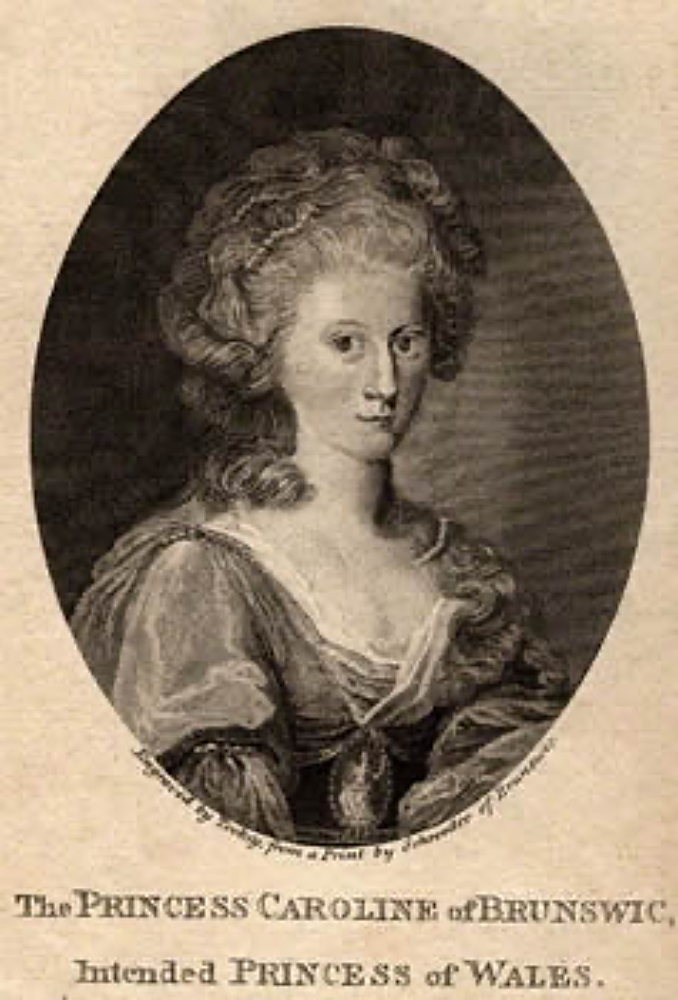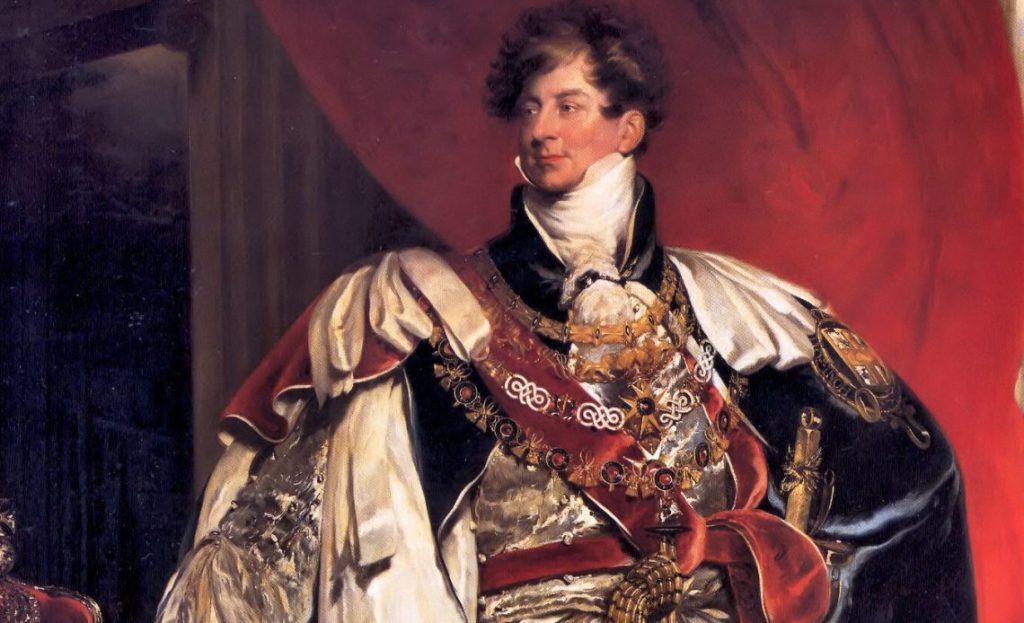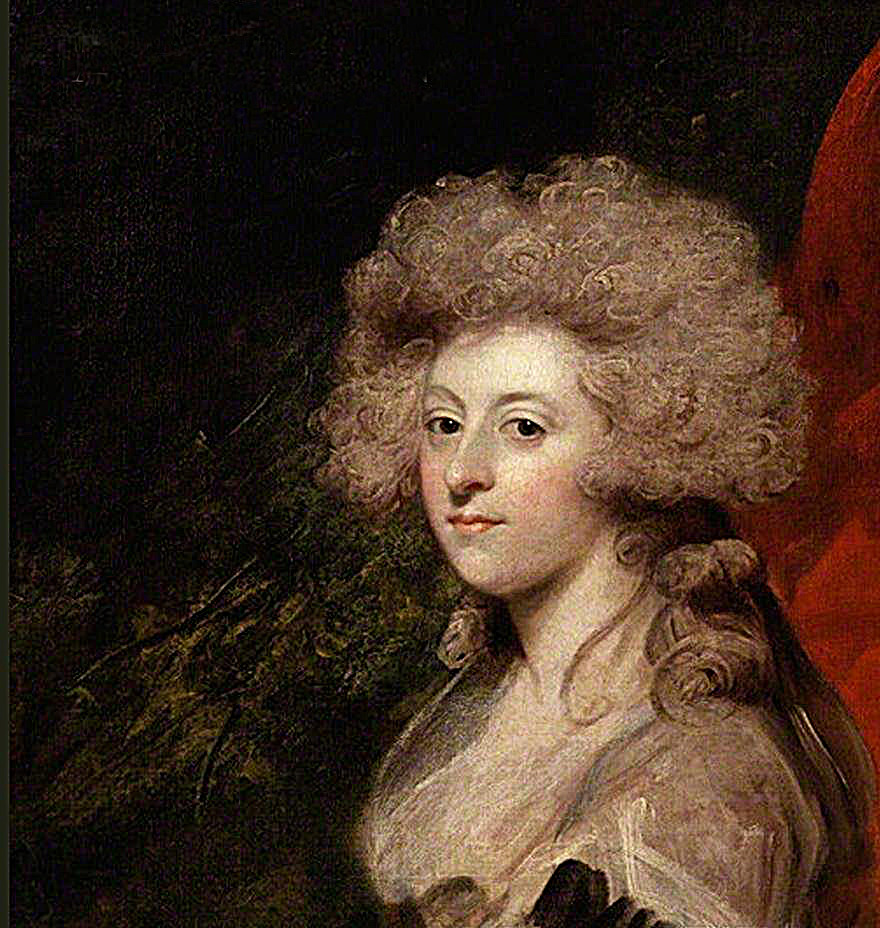Royal Scandal

ROYAL scandals are, of course, nothing new. The very nature of scandal means that if a member of a royal family is involved, it’s bound to gain wider currency than one involving Mr and Mrs Smith.
The tussle between Princess Diana and Camilla Parker-Bowles for the love of the present Prince of Wales is a classic example of our time, but a scandal involving another Princess of Wales nearly 200 years ago arguably led to even wider repercussions.
There are several parallels between their two stories but, so far as Worthing is concerned, a major difference is that the town was the scene of events surrounding the earlier case…….
WORTHING had arranged a right royal welcome for the visit of Caroline Princess of Wales in May 1814.
They waited all day long to drag her carriage through the decorated streets of the fast-growing town but Caroline, who – according to the diary of one of her closest friends – was `agreeable and amusing’, also had `a genius for making a mess of things.’ She did not turn up until midnight, by which time even the most loyal inhabitants had tired of waiting and gone home to bed. And all the illuminations had been extinguished.
The Princess’s lady-in-waiting, Lady Charlotte Campbell, would have liked to follow their example but just as she was thinking of going to bed the Princess arrived and insisted on keeping her up until two in the morning, imparting all her news from London. This included how the old Queen (wife of George 111) had forbidden her to appear at a reception given in London for the Allied Sovereigns whose armies had recently defeated Napoleon.

Next day, the Princess of Wales was up early and walked all over Worthing and up and down the beach, until her unfortunate retinue was exhausted.After lunch she insisted on taking a drive through Goring and Sompting, all the time excitedly discussing with Lady Charlotte her intention of going abroad.
This, she thought, would be a move to `put everything right’ and silence the gossiping tongues. Unfortunately it had just the opposite effect. Let me briefly explain events so far……
In his early life, George Augustus Frederick, Prince of Wales, had pursued numerous women `with the most furious passion’ but, at the age of 22, had secretly married the one who had refused to yield to him, a Roman Catholic widow, Mrs Maria Fitzherbert.
Although this marriage was valid under canon law, it meant that by not obtaining prior consent from his father, the King, the Prince of Wales had infringed the Royal Marriages Act of 1772. So the marriage was declared null and void, which was a serious embarrassment for the prince because by now he had run up massive debts.
He was told the King would only write off these debts if the prince
made a suitable royal wedding alliance. Seeing no alternative, he was persuaded to `officially’ marry his cousin, Caroline of Brunswick, in 1795.
Just as happened 200 years later to Diana Princess of Wales, Caroline gained strong public support throughout the country but had equally vocal detractors at Court.
According to one of the Prince of Wales’s supporters, Caroline was `a foolish, charmless, badly-behaved young woman who did not wash enough.’ Another described her as `noisy, flighty and unattractive.’

Public opinion, on the other hand, was more in tune with the contemporary commentator who wrote: `Although Princess Caroline is sometimes irresponsible she is kind and generous and has been ill-used by her husband.’ In a very English way, many Worthing residents saw Caroline as the `underdog’ and, as such, gave her their enthusiastic support.
The marriage was doomed to failure from the outset. Following the birth of a daughter, Princess Charlotte, in 1796, the Prince and Princess of Wales not only lived apart but both openly committed adultery, the Princess during a lengthy stay in Italy.
The dual scandal rocked the kingdom and in 1814 her infuriated husband banned her from Court. It was then she decided to get away from the relentless malicious gossip of the London salons and visit Worthing to – as we would say today – consider her options.
Because a suitable `grand house’ was not available in Worthing at such short notice, the Princess stayed at Sompting Abbotts – not the present school building but an earlier one on the same site. Most of the villagers, as well as the residents of Worthing, rallied on the side of the Princess against her philandering husband, who spent much of his time in his extravagant Brighton Royal Pavilion less than ten miles away.
It was while in Worthing, in an atmosphere of relative calm, that Princess Caroline decided to temporarily exile herself to France. Her husband agreed and Princess Caroline mistakenly took this as a sign that her journey could eventually lead to a happy reunion.
She was wrong. The Prince of Wales was confident that once in France Caroline would quickly provide new evidence of her infidelity and give his spies the proof that would forever prevent her from becoming Queen of England.
The following week, Caroline walked with her ladies-in-waiting into Worthing and sat for two hours on the beach. It was a beautiful calm summer night with a rising moon and behind her stood the little town with its bright new Regency terraces. Before her, in the path of the moonlight, lay the frigate `Jason’ which was to carry her away.
What her thoughts were as she sat there in silence were not recorded in the otherwise lavishly detailed diary kept by Lady Campbell, though it was afterwards suggested that if only the misguided Princess of Wales had known when to hold her tongue during the past twenty years she might not now have been sailing away from her husband, her daughter and the adopted country that had been so ready to welcome her.
The Princess disembarked at Lancing on August 8, 1814. A barge took her out to the waiting `Jason,’ together with the rag-tag court she had collected around her and a vast quantity of miscellaneous luggage and packing cases.
A large and respectful crowd that had gathered from Worthing, Sompting and Lancing witnessed her departure in silence, for it was felt that `any expressions of joy at her going might have been misconstrued.’
As the boat drew away the Princess was in tears………
For the next six years, she lived in France and Italy, unfortunately giving the Prince’s spies numerous opportunities to accumulate evidence of her misbehaviour.
Her story reached its climax in 1820, when old King George 111 died and the Prince of Wales ascended to the throne.
Caroline returned to England, determined to take up her position as Queen. Her husband was equally determined to prevent this at all costs. Using the evidence his spies had collected on the Continent he (unsuccessfully) instigated proceedings in the House of Lords with the intention of divorcing Caroline and depriving her of her title.
Again the country split into faction. Many people in Worthing displayed banners on their houses, declaring `God Save Queen Caroline. Windows of several homes not indicating support for her cause were smashed by a mob.
But the country was at last growing tired of a Queen whose increasingly irresponsible behaviour began to alienate even her friends. A contemporary rhyme indicated the general feeling:
`Most gracious Queen, we thee implore
To go away and sin no more;
But if that effort be too great,
To go away at any rate!’
It was good advice but unfortunately Caroline failed to take it. In July 1821 she tried to force her way into the Coronation at Westminster Abbey, despite having been barred from the occasion on the King’s instructions. A fortnight later she was taken ill at the Dry Lane Theatre and a week after she died.
The fickle public now changed its tone and the King, having become probably the most hated man in England, began to regain some of the popularity he had enjoyed in his earlier years. In those days he had often ridden over to Worthing on horseback to visit his daughter, Princess Charlotte, when she was stayed here during the summer of 1807.
(Worthing Herald Bygones June 19)
But after the Caroline debacle he never visited Worthing again.